Ajit Kumar
H-AES: Towards Automated Essay Scoring for Hindi
Feb 28, 2023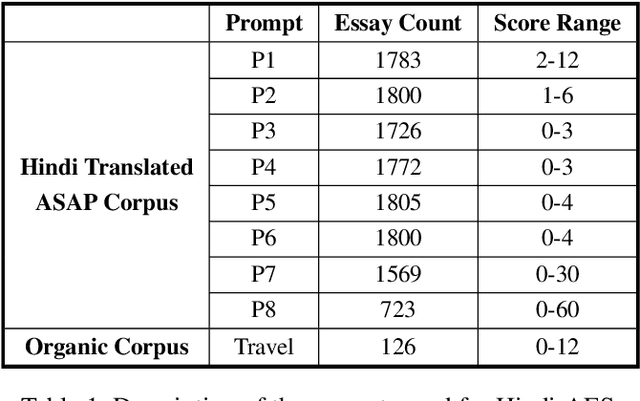
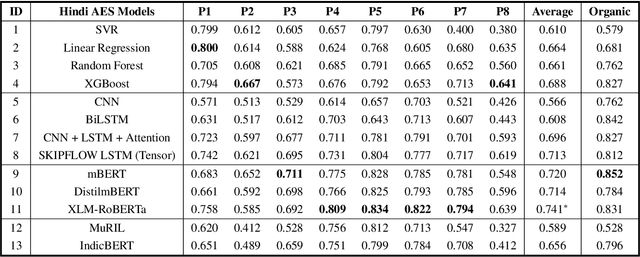

Abstract:The use of Natural Language Processing (NLP) for Automated Essay Scoring (AES) has been well explored in the English language, with benchmark models exhibiting performance comparable to human scorers. However, AES in Hindi and other low-resource languages remains unexplored. In this study, we reproduce and compare state-of-the-art methods for AES in the Hindi domain. We employ classical feature-based Machine Learning (ML) and advanced end-to-end models, including LSTM Networks and Fine-Tuned Transformer Architecture, in our approach and derive results comparable to those in the English language domain. Hindi being a low-resource language, lacks a dedicated essay-scoring corpus. We train and evaluate our models using translated English essays and empirically measure their performance on our own small-scale, real-world Hindi corpus. We follow this up with an in-depth analysis discussing prompt-specific behavior of different language models implemented.
Text2FaceGAN: Face Generation from Fine Grained Textual Descriptions
Nov 26, 2019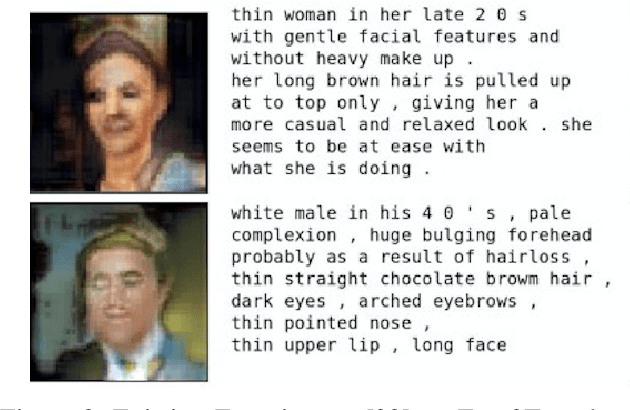
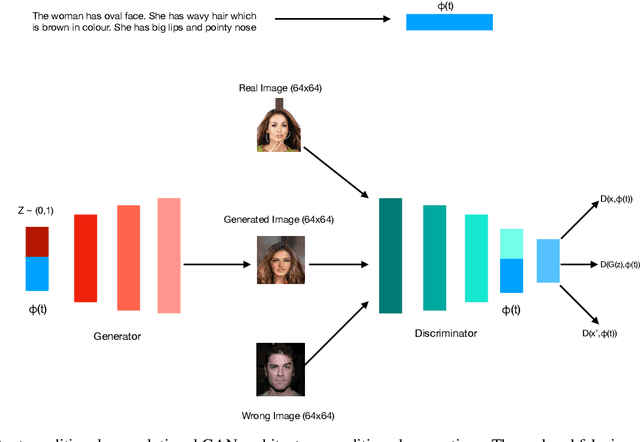
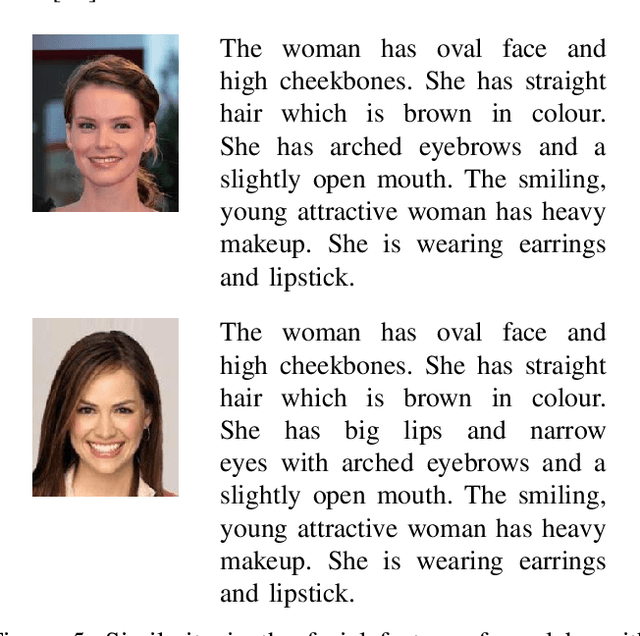
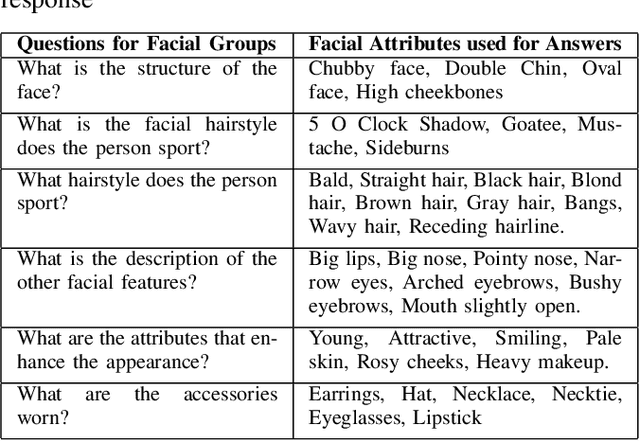
Abstract:Powerful generative adversarial networks (GAN) have been developed to automatically synthesize realistic images from text. However, most existing tasks are limited to generating simple images such as flowers from captions. In this work, we extend this problem to the less addressed domain of face generation from fine-grained textual descriptions of face, e.g., "A person has curly hair, oval face, and mustache". We are motivated by the potential of automated face generation to impact and assist critical tasks such as criminal face reconstruction. Since current datasets for the task are either very small or do not contain captions, we generate captions for images in the CelebA dataset by creating an algorithm to automatically convert a list of attributes to a set of captions. We then model the highly multi-modal problem of text to face generation as learning the conditional distribution of faces (conditioned on text) in same latent space. We utilize the current state-of-the-art GAN (DC-GAN with GAN-CLS loss) for learning conditional multi-modality. The presence of more fine-grained details and variable length of the captions makes the problem easier for a user but more difficult to handle compared to the other text-to-image tasks. We flipped the labels for real and fake images and added noise in discriminator. Generated images for diverse textual descriptions show promising results. In the end, we show how the widely used inceptions score is not a good metric to evaluate the performance of generative models used for synthesizing faces from text.
 Add to Chrome
Add to Chrome Add to Firefox
Add to Firefox Add to Edge
Add to Edge